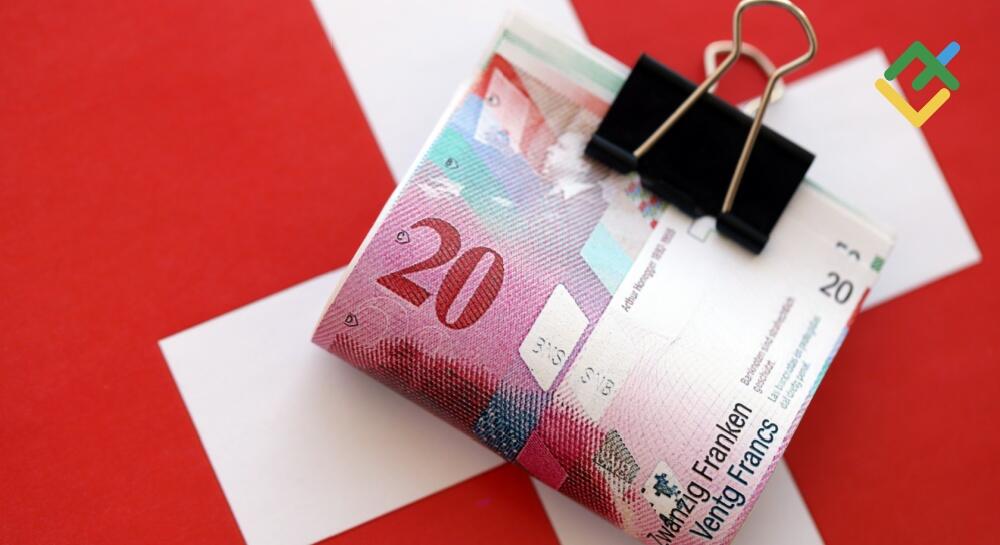Swiss Franc Under Siege Amid US-EU Trade Shift. Forecast as of 29.07.2025

The US-EU agreement has reversed the prevailing trends in global financial markets. Capital may once again flow into the US, while diminishing demand for safe havens puts the Swiss franc at risk. Let’s discuss this topic and make a trading plan for the USDCHF pair.
The article covers the following subjects:
Major Takeaways
- The Swiss National Bank hesitates to intervene in currency markets.
- The slowdown in Eurozone GDP is unfavorable for Switzerland.
- Carry traders are selling the franc.
- Consider buying the USDCHF pair with targets at 0.8145 and 0.8295.
Weekly Fundamental Forecast for Franc
Even traditionally stable economies like Switzerland are showing signs of concern. In times of uncertainty, investors often turn to traditional safe havens like Swiss banks and the Swiss franc. Yet today, even Bern is increasingly alarmed. The Swiss government is doing everything in its power to persuade the US administration to reconsider the proposed 31% tariff. Meanwhile, the Swiss National Bank (SNB) is avoiding currency interventions, aiming not to provoke the US and risk being labeled a currency manipulator. Interestingly, it wasn’t the SNB’s cautious approach to the FX market that caused the USDCHF pair to climb. Instead, the surge was caused by the announcement of a trade agreement between Washington and Brussels.
Swiss National Bank’s Currency Interventions
Source: Bloomberg.
The recent agreement between leading global economies has sparked rumours of a revival of American exceptionalism. The US is not only introducing tariffs of 15% or more, but also encouraging foreign investment into its economy. If the $600 billion in capital inflows had been directed to the Eurozone instead, it could have provided a notable boost to the bloc’s GDP. However, with funds increasingly flowing into the US, the divergence in economic growth between the two regions is likely to widen. As a result, the S&P 500 index may begin to close the gap with the EuroStoxx 600 and potentially outperform the European index by the end of the year.
The 15% tariffs imposed by the US are expected to slow down the Eurozone economy by at least 0.4 percentage points. This development is particularly concerning for Switzerland, as the Eurozone is its primary export market. Medicines, which make up nearly half of Switzerland’s exports to the US, have become a focal point of concern, especially after Donald Trump threatened to impose 200% tariffs on pharmaceutical imports.
Switzerland was no exception to global trends. It actively ramped up shipments to the US in the run-up to Independence Day and reduced them afterwards. As a result, exports fell by 5.3% in Q2, with exports to the US dropping by almost 30%.
Swiss Foreign Trade
Source: Bloomberg.
A framework trade agreement with the US was in place by mid-July, but Donald Trump opted to delay further progress. His deal with the EU helped dispel trade-related uncertainty, potentially giving the SNB room to surprise the markets by keeping its key rate unchanged in September. While most Bloomberg analysts anticipate a sharp cut from 0% to -0.25%, the SNB may be concerned about the long-term consequences of returning to negative interest rates. For the central bank, that risk may outweigh the short-term impact of deflation.
For now, the revival of American exceptionalism, coupled with the Fed’s intention to maintain high borrowing costs and Switzerland’s low interest rates, creates an ideal setup for carry trade strategies. Carry traders will likely push the USDCHF pair higher. However, before that happens, the pair will need to withstand two significant events: the upcoming FOMC meeting and the release of US labor market data.
Weekly USDCHF Trading Plan
The Fed’s reluctance to signal rate cuts and strong labour market data will cause a correction in USDCHF quotes. Thus, if the asset settles above 0.8035, consider long trades with targets at 0.8145 and 0.8295.
This forecast is based on the analysis of fundamental factors, including official statements from financial institutions and regulators, various geopolitical and economic developments, and statistical data. Historical market data are also considered.
Price chart of USDCHF in real time mode
The content of this article reflects the author’s opinion and does not necessarily reflect the official position of LiteFinance broker. The material published on this page is provided for informational purposes only and should not be considered as the provision of investment advice for the purposes of Directive 2014/65/EU.
According to copyright law, this article is considered intellectual property, which includes a prohibition on copying and distributing it without consent.






